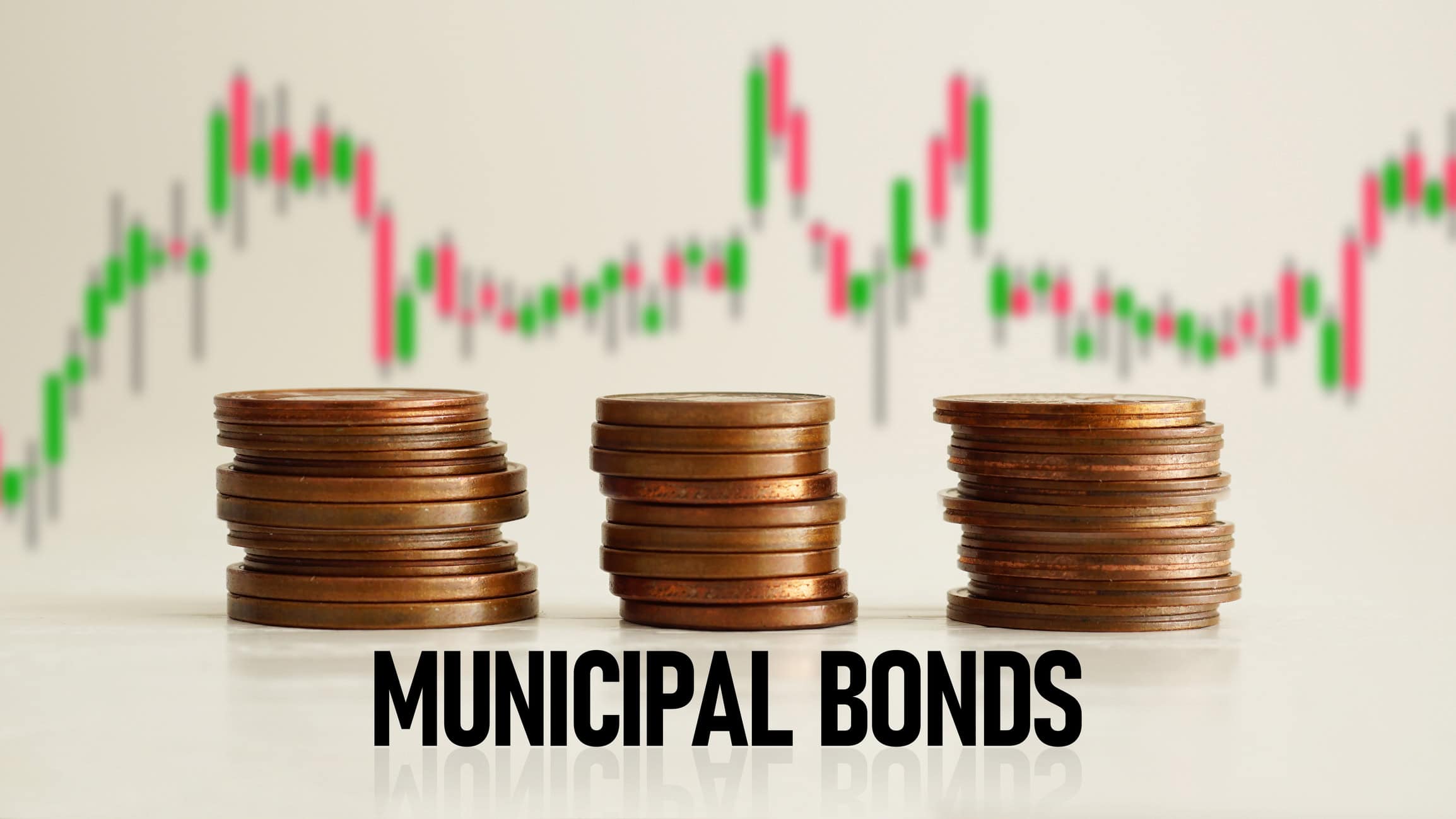
Effective Portfolio Risk Management in Volatile Markets
Financial markets, like turbulent seas, swiftly diminish investment value, posing peril for unwary investors in their volatile journey. Investors, like seasoned sailors, must anticipate and navigate market storms with strategic foresight, employing robust portfolio risk management strategies for safeguarding investments.
Understanding Portfolio Risk
At the heart of effective risk management lies a deep understanding of portfolio risk. Portfolio risk encompasses the potential for fluctuating returns due to the dynamic and often unpredictable nature of investments. It includes various forms of risk such as market volatility, credit risk, liquidity risk, and event-driven disruptions,. Each posing unique challenges to the stability and performance of an investment portfolio. This inherent uncertainty in achieving expected returns necessitates a strategic approach to asset allocation and diversification, aiming to balance the scales of risk and return.
Types of Risks Affecting Portfolio Investments
Navigating the investment landscape requires a keen awareness of the different types of risks that can impact a portfolio:
- Market Risk: Also known as systematic risk, stems from broad economic changes and political unrest, impacting investments across the board to varying extents. It underscores the importance of being prepared for broad market fluctuations that are often beyond an individual investor’s control.
- Credit Risk: This risk arises from the potential default of a borrower, affecting the value of bonds and similar debt instruments. A subset of credit risk, interest rate risk, highlights the sensitivity of a bond’s price to changes in interest rates, further complicating the risk management landscape.
- Inflation Risk: The erosion of purchasing power over time due to inflation can diminish the real returns on investments, making it a critical consideration for long-term investors.
- Liquidity Risk: The risk that an asset cannot be sold promptly at its fair value, liquidity risk affects the marketability and, ultimately, the strategic flexibility of the investor.
Measuring and Managing Portfolio Risk
To effectively manage portfolio risk, investors rely on a suite of analytical tools and techniques designed to measure and mitigate potential losses. These include:
- Value at Risk (VaR): A statistical technique used to quantify the maximum potential loss over a specific timeframe, given a certain level of confidence.
- Stress Testing: A scenario-based analysis that evaluates how a portfolio might perform under extreme market conditions.
- Scenario and Sensitivity Analysis: These methods assess the impact of specific variable changes on a portfolio’s performance. Offering insights into potential vulnerabilities.
- Standard Deviation and Beta: These metrics calculate the volatility of investment returns and the relative volatility of a portfolio compared to the market, respectively, providing a gauge of inherent risk.
The Role of Diversification
At its core, diversification involves spreading investments across various asset classes, sectors, and geographies to mitigate the risk of significant losses from any single investment. By creating a diversified portfolio, investors can reduce their exposure to specific risks. Investors can also enhance the resilience of their investments against market downturns. Regular portfolio rebalancing in response to evolving market conditions is essential to maintaining effective diversification and alignment with the investor’s risk tolerance and financial goals.
Strategic Asset Allocation
In the face of market volatility, strategic asset allocation becomes a vital tool for investors. This approach involves carefully selecting a mix of assets that can withstand market fluctuations. While aiming to achieve the desired balance between risk and return. Investors may also need to make tactical shifts in asset allocation to protect the portfolio during periods of heightened volatility Such as increasing holdings in less volatile assets or exploring alternative investments with low correlation to traditional markets.
The Importance of Hedging
Hedging strategies, utilizing derivatives like options and futures, serve as financial insurance policies against market downturns. By setting loss floors or locking prices, these instruments offer a safety net, preserving capital during turbulent times. However, the effective use of derivatives requires a nuanced understanding of their mechanisms and the risks they entail, underscoring the need for sophisticated risk management techniques.
Continuous Monitoring and Adaptation
In the ever-changing landscape of the financial markets, continuous monitoring and timely reassessment of investments are critical. This proactive approach enables investors to adapt strategies to interest rate shifts, credit changes, and other market dynamics effectively. Setting and adjusting stop-loss orders limits losses, while regular portfolio reviews maintain alignment with objectives and changing market conditions.
The Bottom Line
Effective portfolio risk management in volatile markets demands a comprehensive and adaptive approach. Understanding risks, using measurement tools, diversifying, strategically allocating assets, and hedging help investors navigate financial markets with confidence. Continuous monitoring and adaptable strategies are crucial for preserving and growing investments amid financial turbulence.
Let Hennion & Walsh Offer a Second Opinion
Curious to learn more? Our unmatched client experience will give you peace of mind. Just as you may seek a second opinion about your health, we believe successful investors can gain value and peace of mind by getting a second opinion on their financial health. So, whether you’re worried about today’s uncertain economic environment or looking for increased peace of mind, we can help. Get a complimentary second opinion on all your investment accounts not held at Hennion & Walsh today!
Hennion & Walsh Experience
At Hennion & Walsh, every client, every individual investor, is assigned a dedicated team of investment professionals, planners, and portfolio managers, who collectively analyze your situation through the lens of their respective disciplines.
Each member brings valuable insights to apply to your situation. Whether you’re looking to meet your income needs today or stock market growth for your future, we have an expert sitting with you, helping you, and guiding you through all the scenarios to help you live the life you want.
Hennion & Walsh distinguishes itself in the investment industry with its exceptional in-house team of specialists committed to your success. Unlike other firms that rely on impersonal call centers, Hennion & Walsh provides direct access to experienced bond experts, CERTIFIED FINANCIAL PLANNER (CFP®) professionals, Chartered Financial Analyst (CFA)® charterholders, annuity professionals, and a proficient internal fixed-income trading team. Our customer service team is exceptional, ensuring that every client receives the dedicated attention and support they deserve.
Disclosures:
This commentary is not a recommendation to buy or sell a specific security. The content is not intended to be legal, tax or financial advice. Please consult a legal, tax or financial professional for information specific to your individual situation. Investing involves risk including possible loss of principal. Past performance is no guarantee of future results. Diversification does not guarantee a profit or protect against loss.



